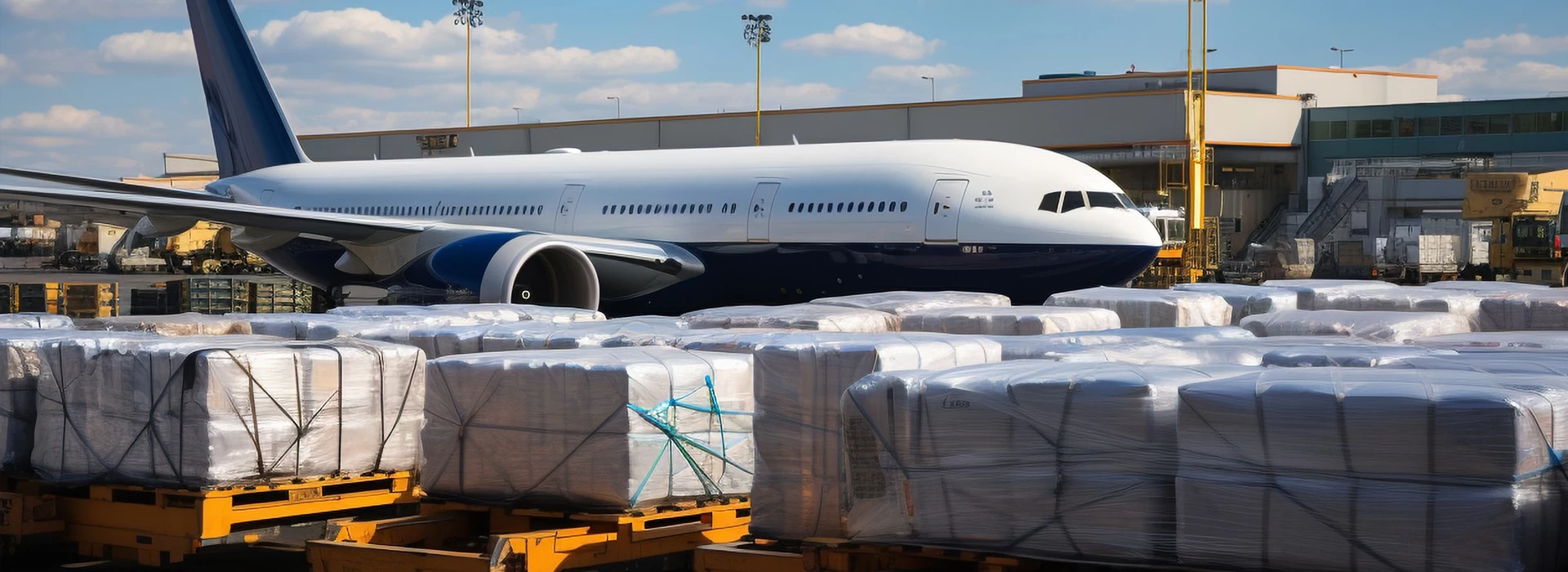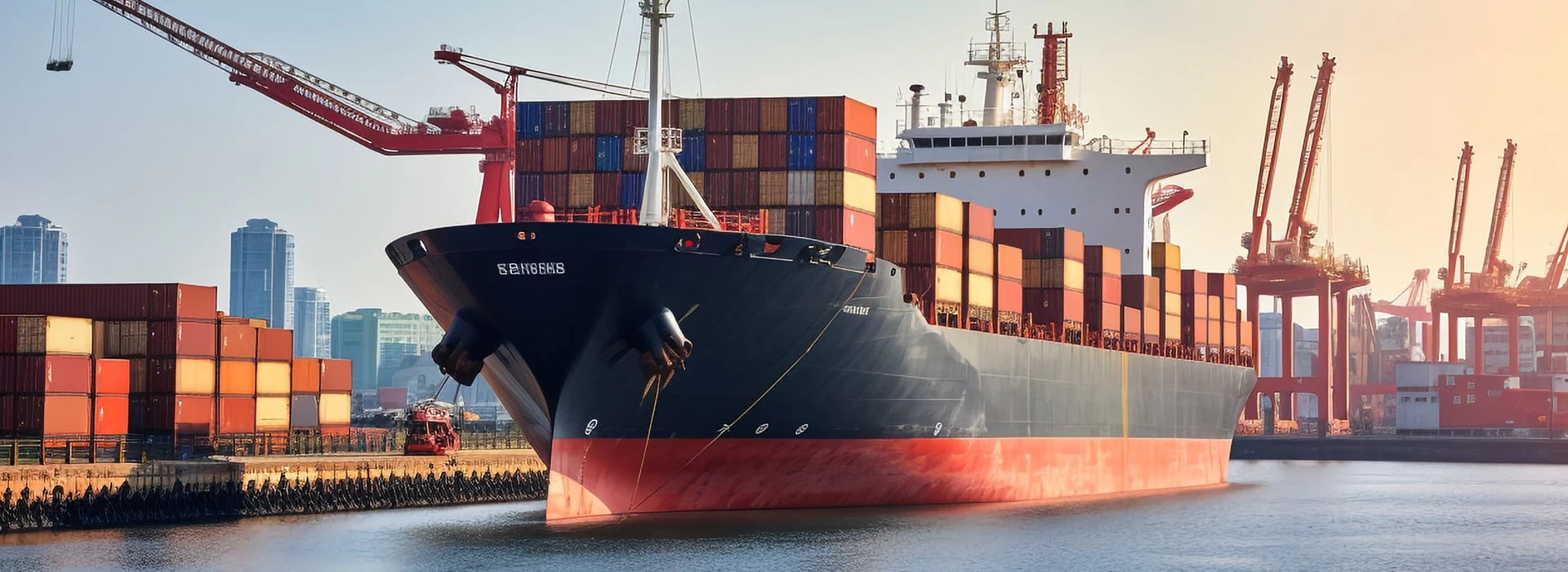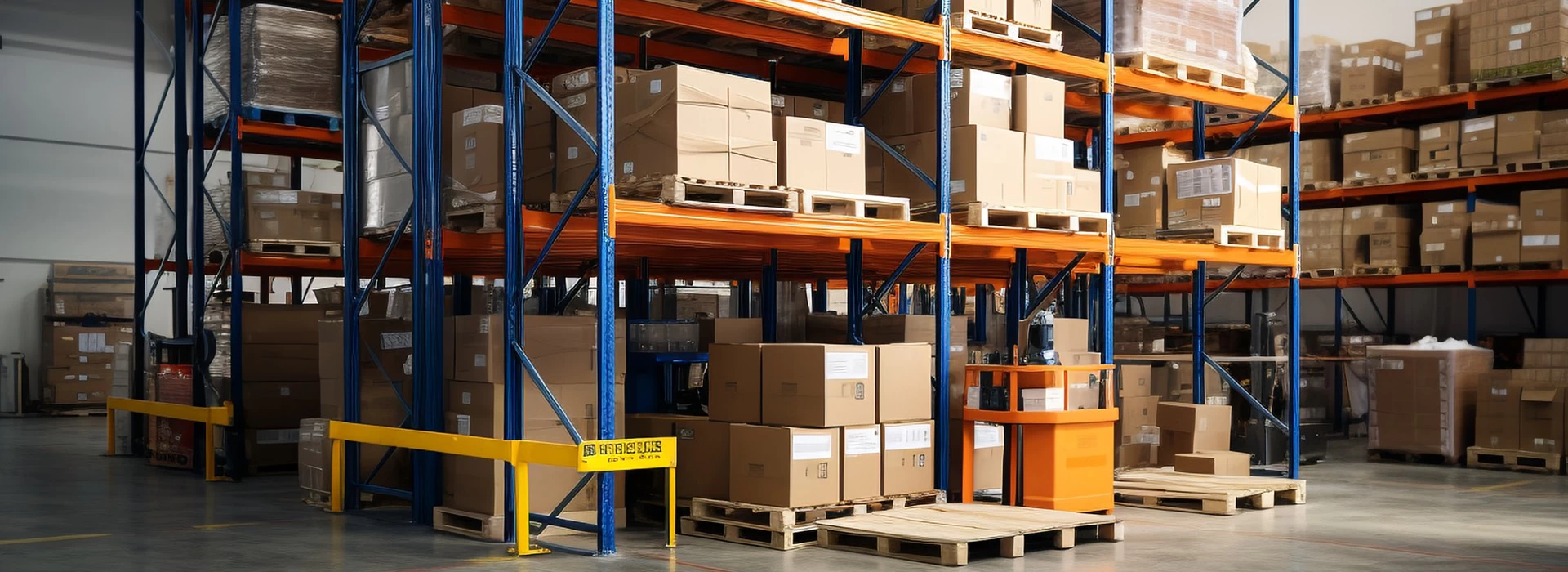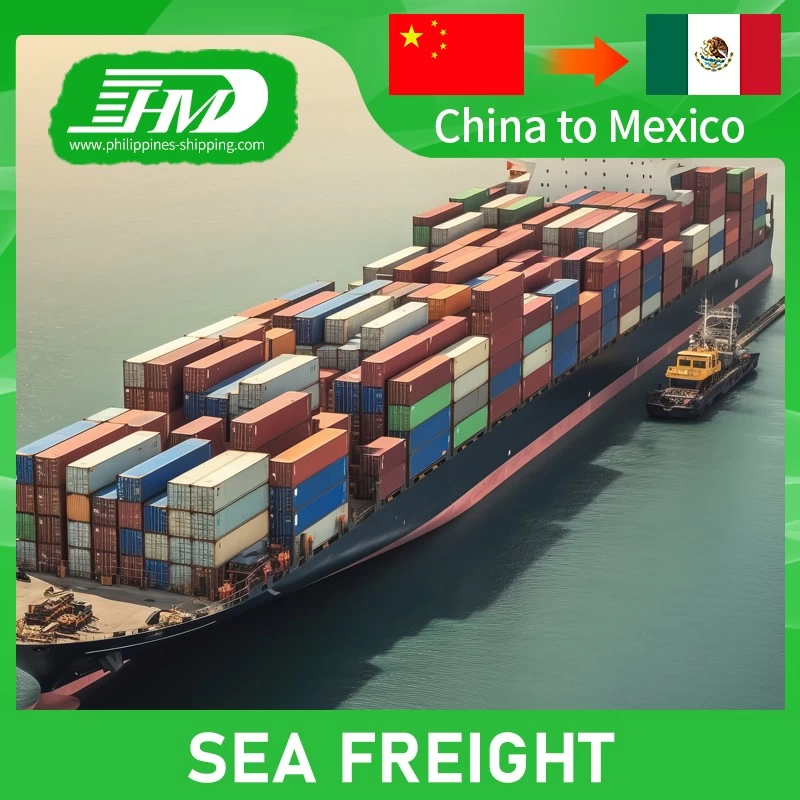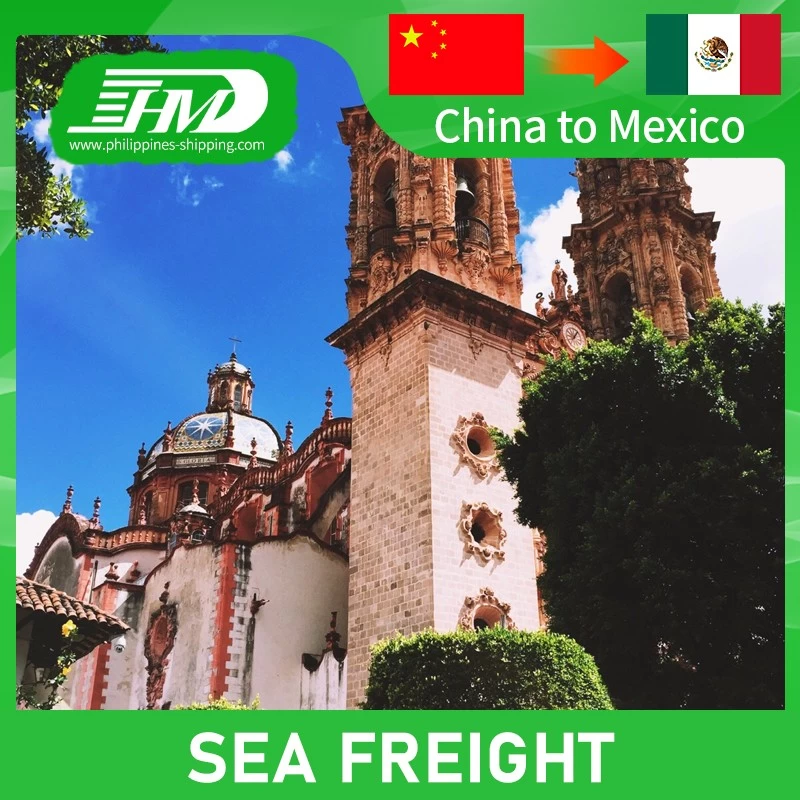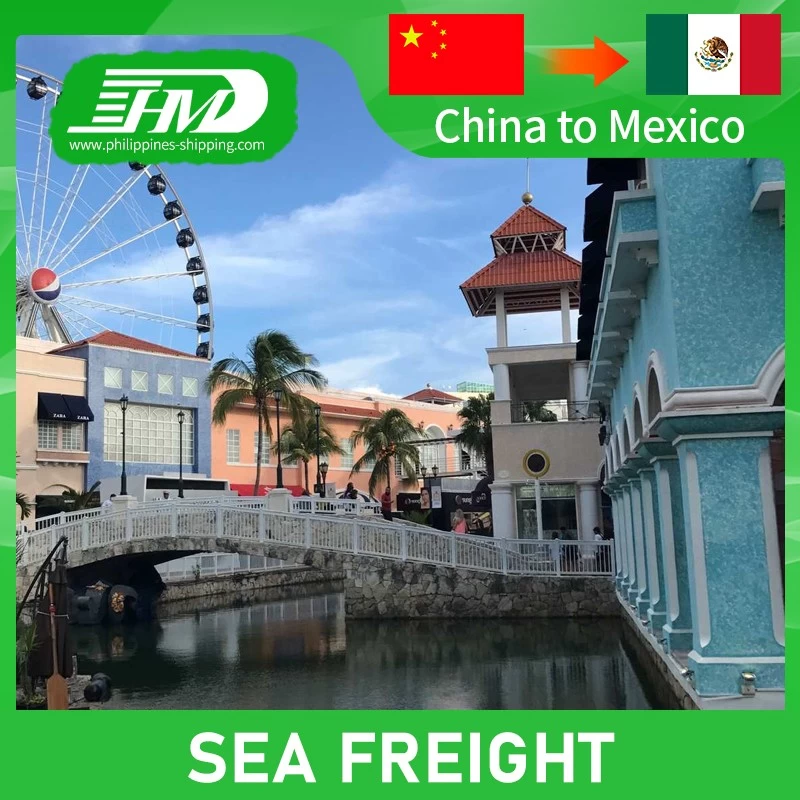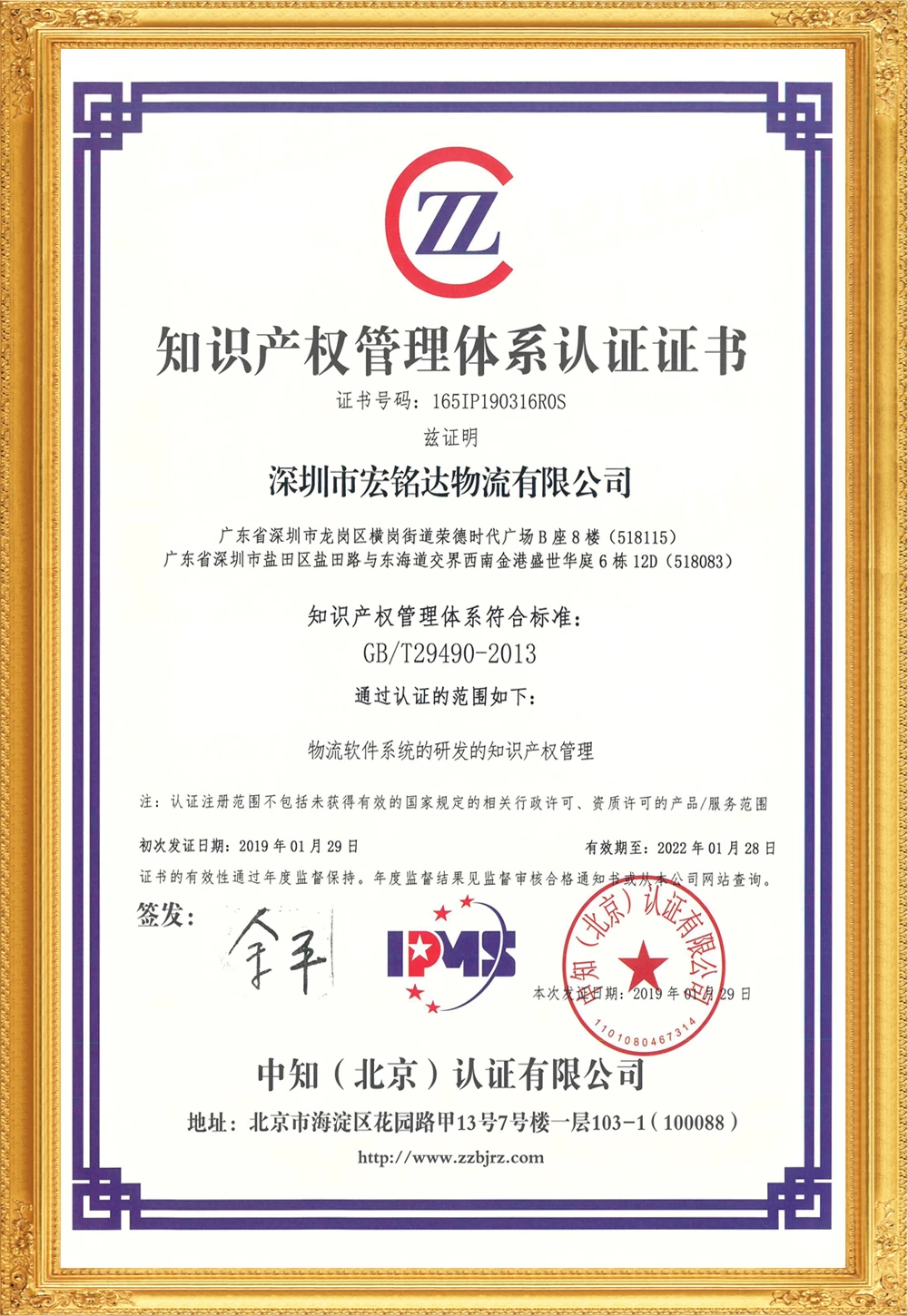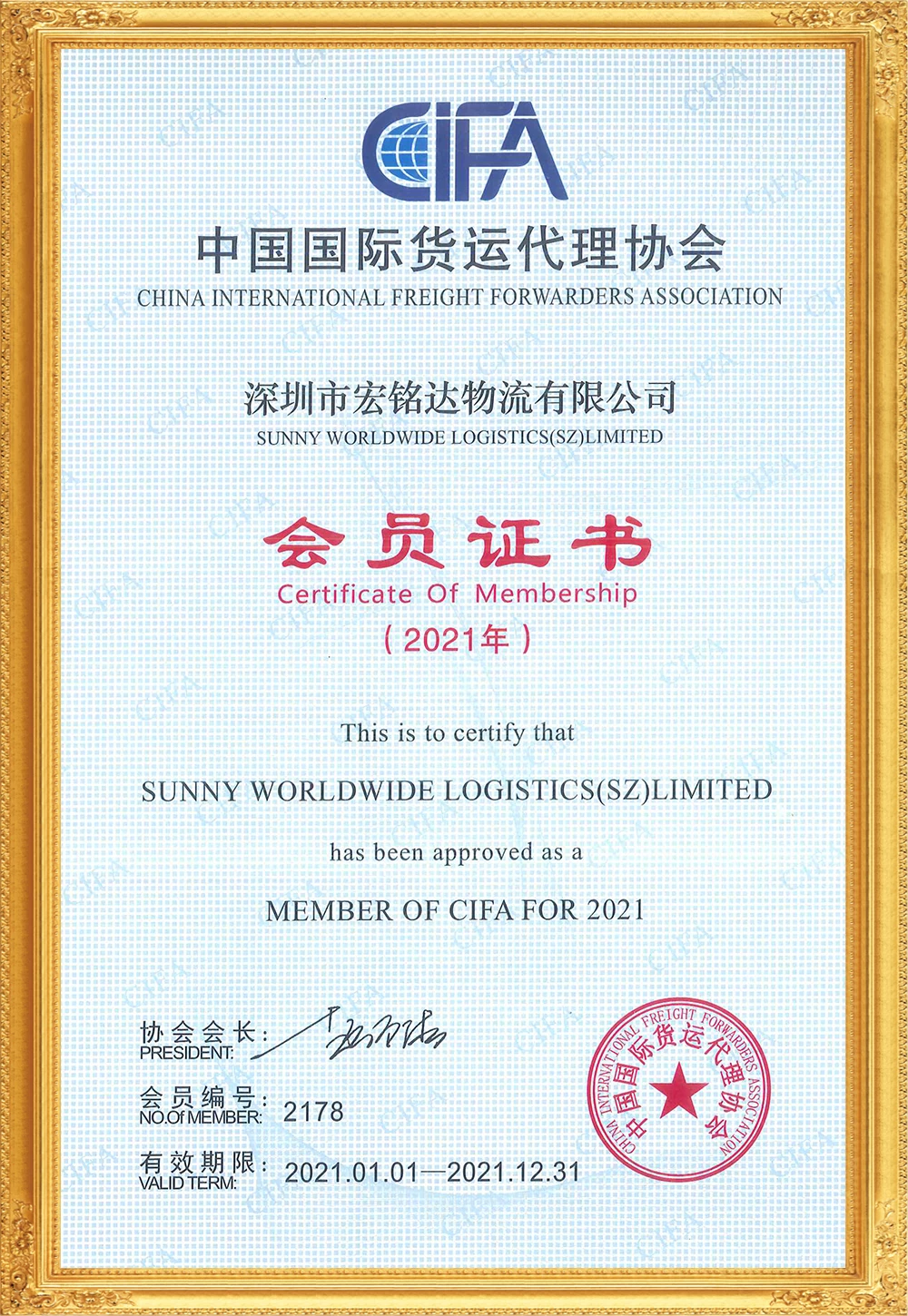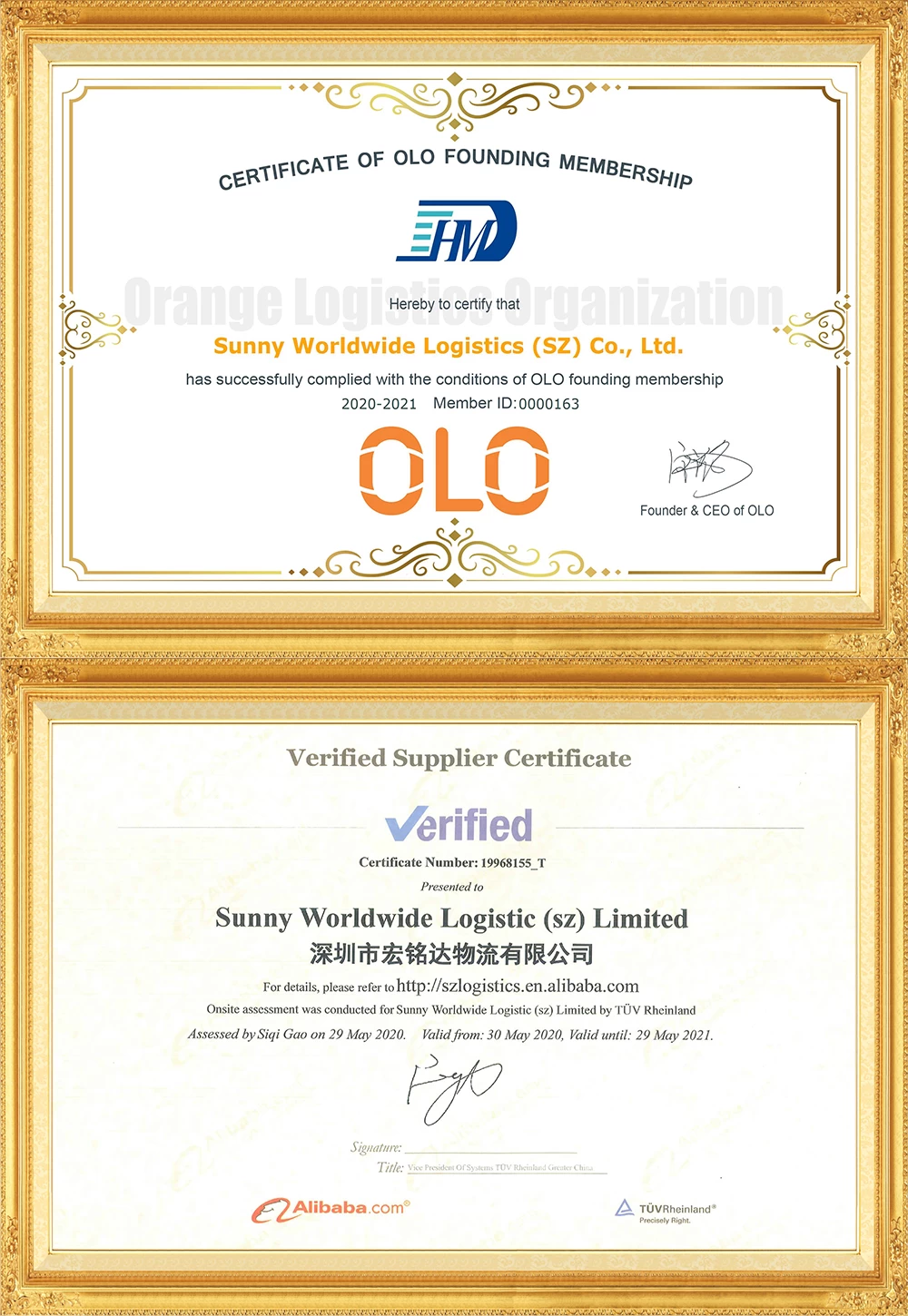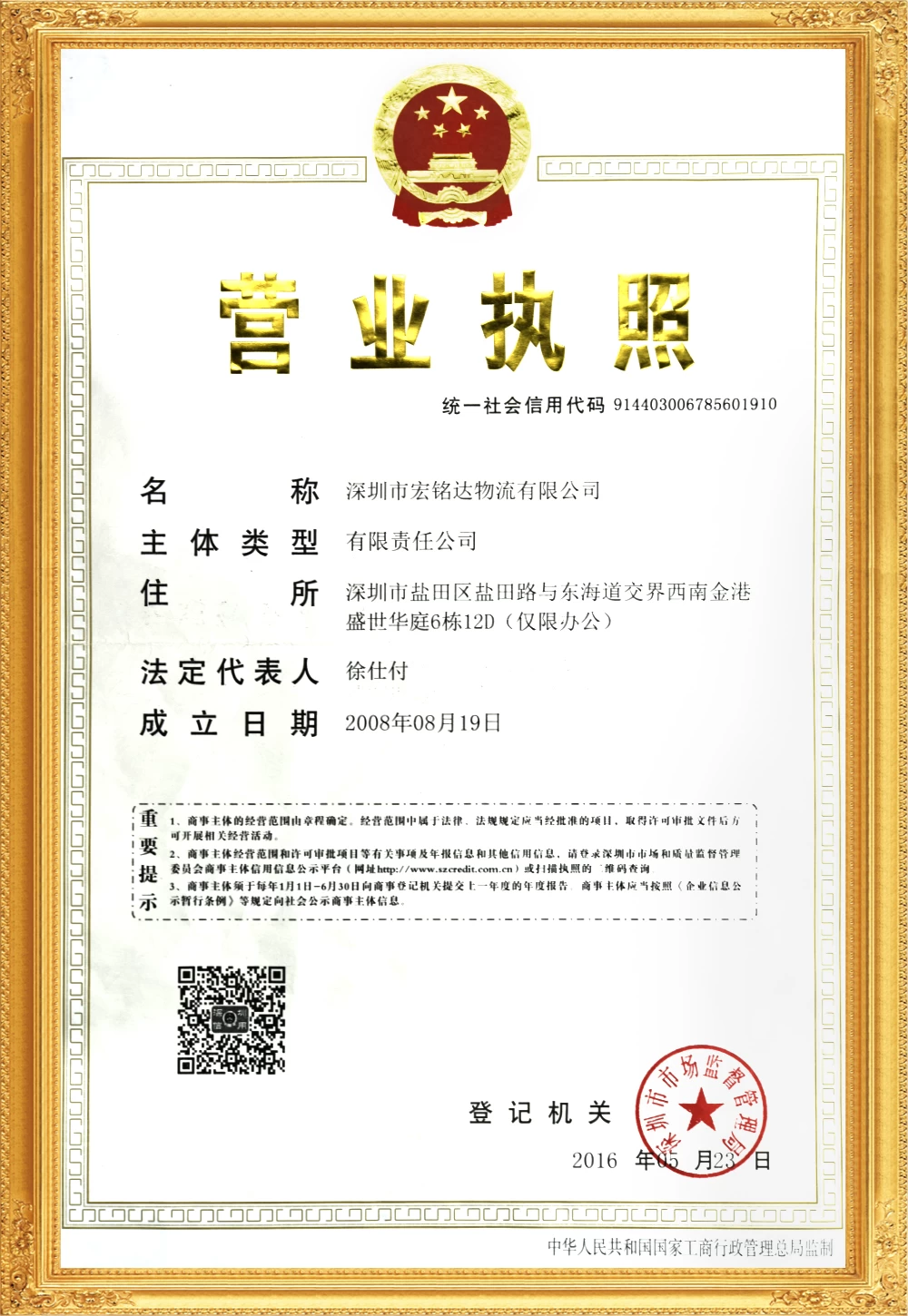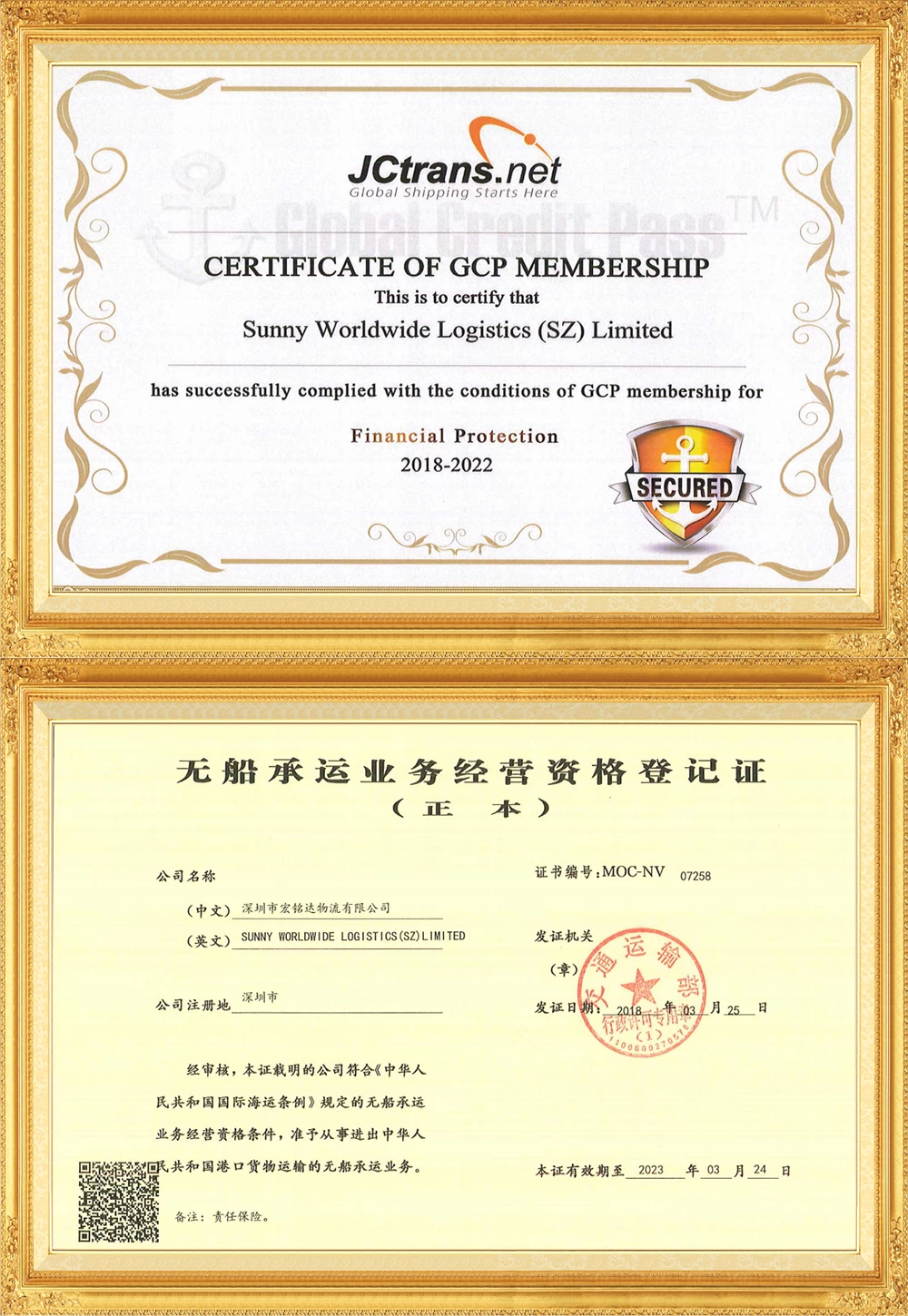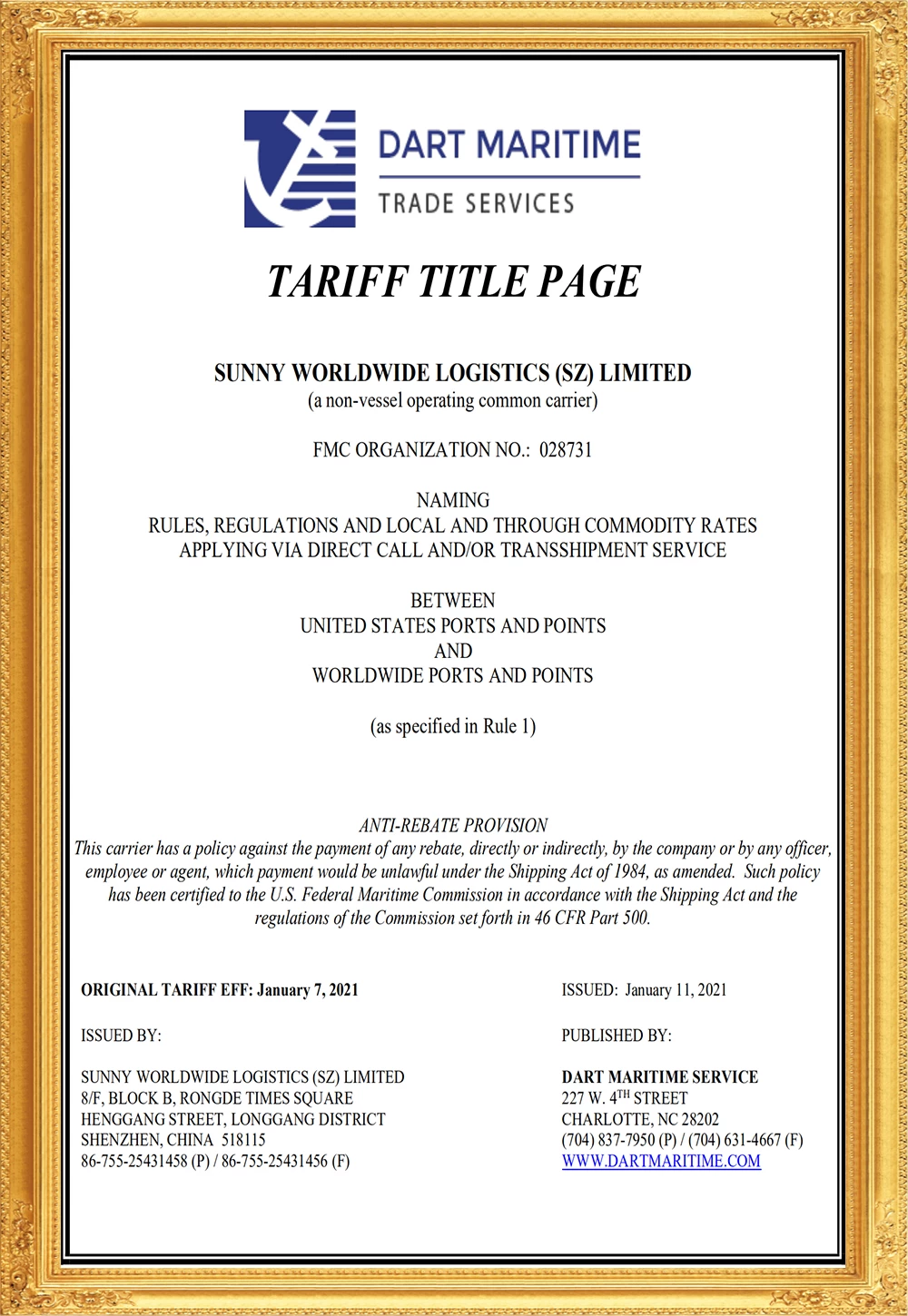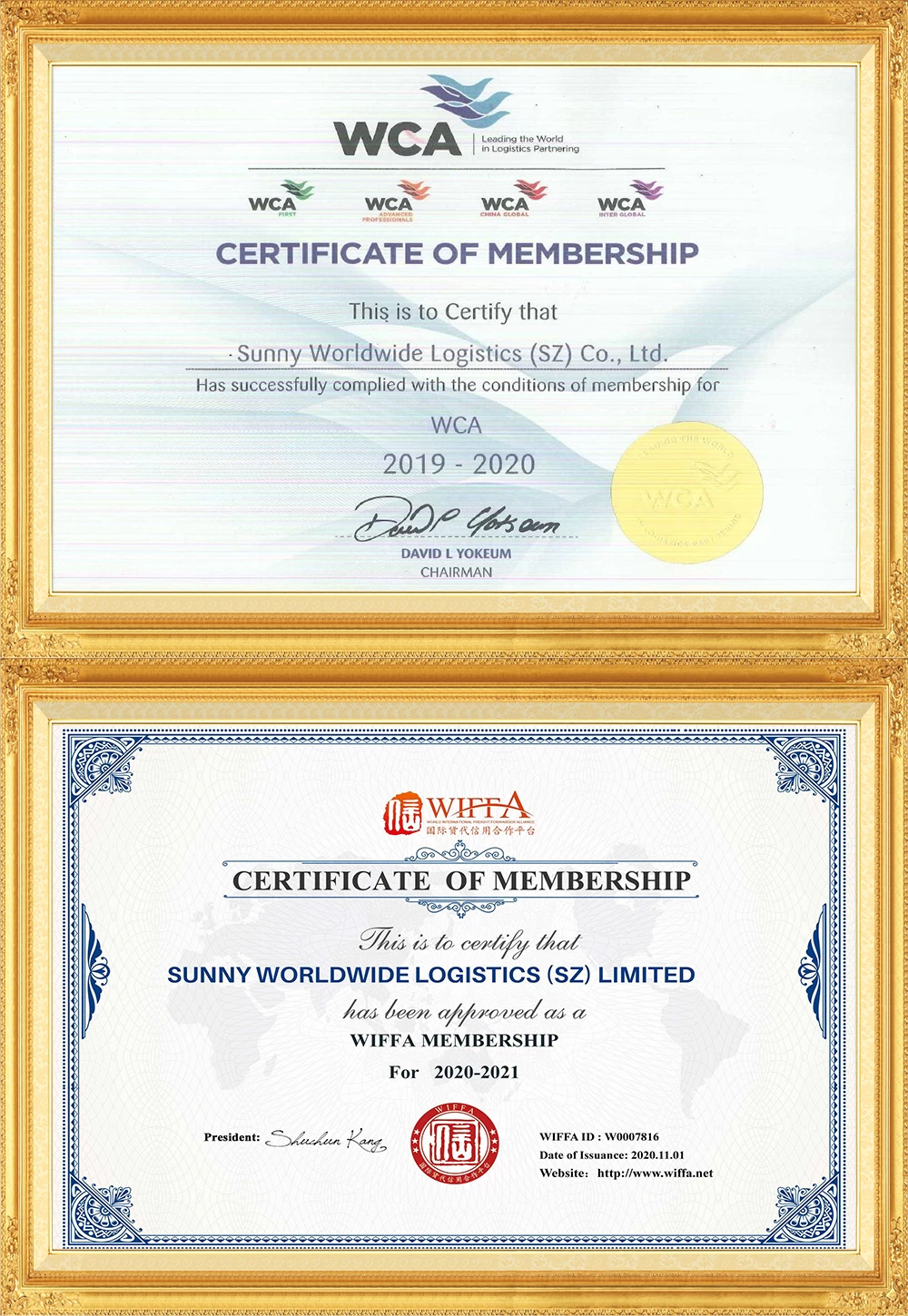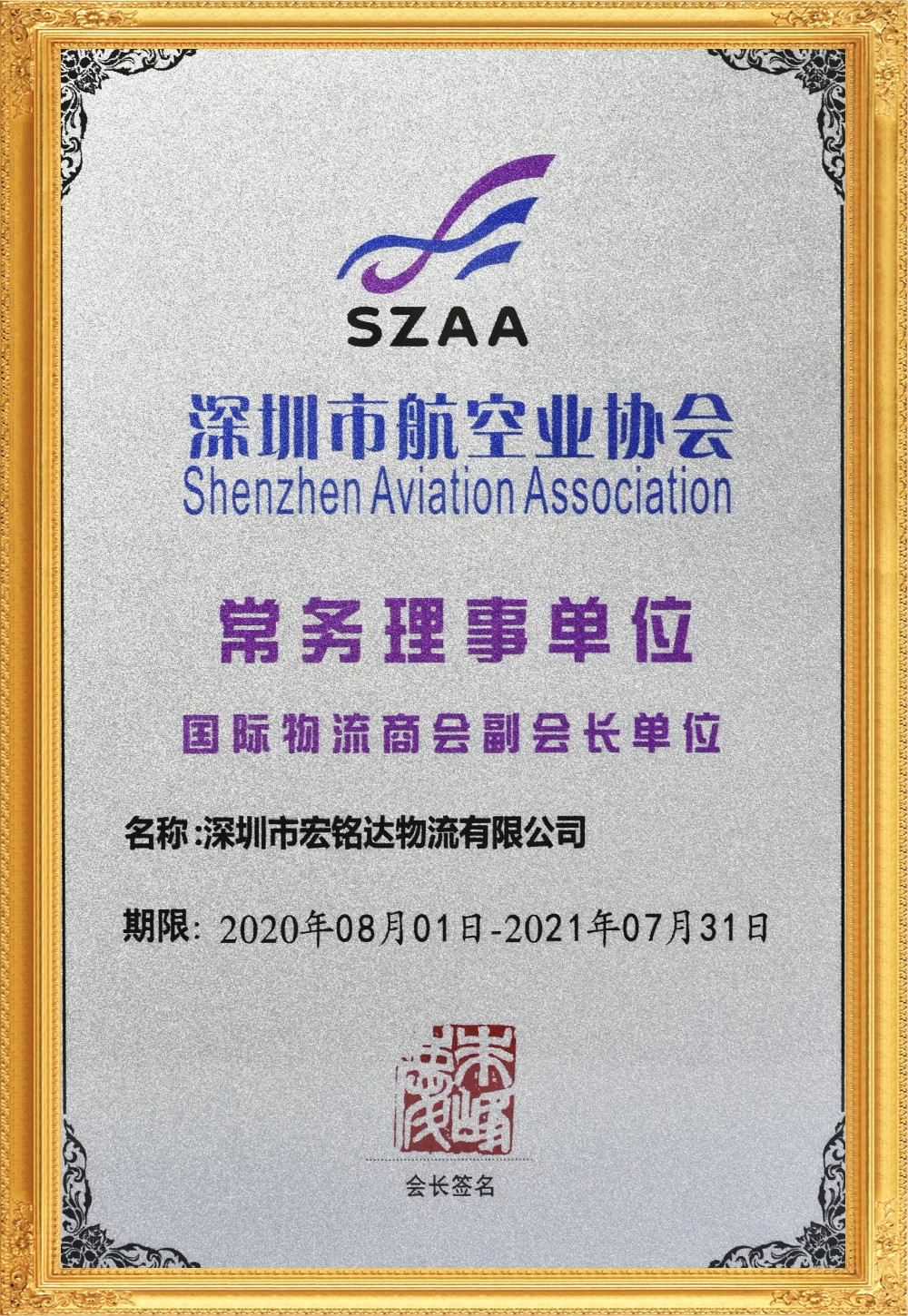Reducing transportation capacity has worked, and freight rates from the Far East to the West have increased!
NO.1 Far East to U.S. West freight rates rise as capacity cuts pay off
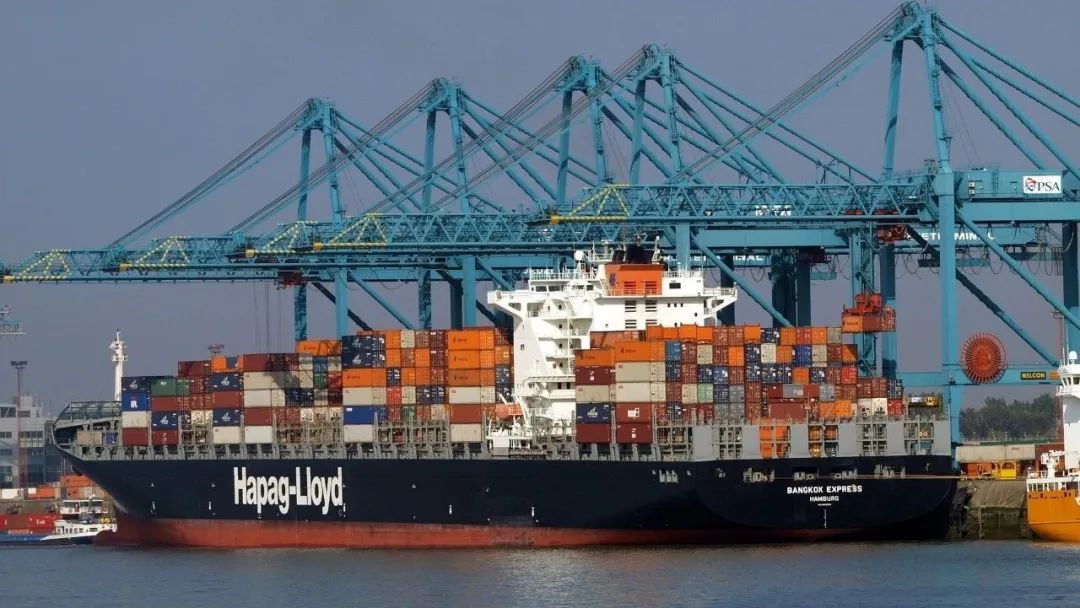
After a year of plummeting ocean freight rates, carriers appear to have turned the tide on the key China-to-US West Coast trade, with spot rates up 73% since the end of June. Many shippers have been reluctant to sign new contracts against a backdrop of uncertain demand from U.S. consumers.
Ocean contract rates are also on a steady upward trajectory, having risen 25% since the June lows, according to the latest market data from Xeneta in Oslo, which comes from the world's major shipping giants, where long-term contract prices have fallen by more than 60% since last summer as spot rates have plummeted.
Peter Sand, Principal Analyst at Xeneta, said, "Capacity management is crucial when it comes to controlling freight rates, and in the face of weak demand and a surplus of vessels, shippers are well aware that something has to be done." .
NO.2 Multimodal Transportation: Two National Standards Issued
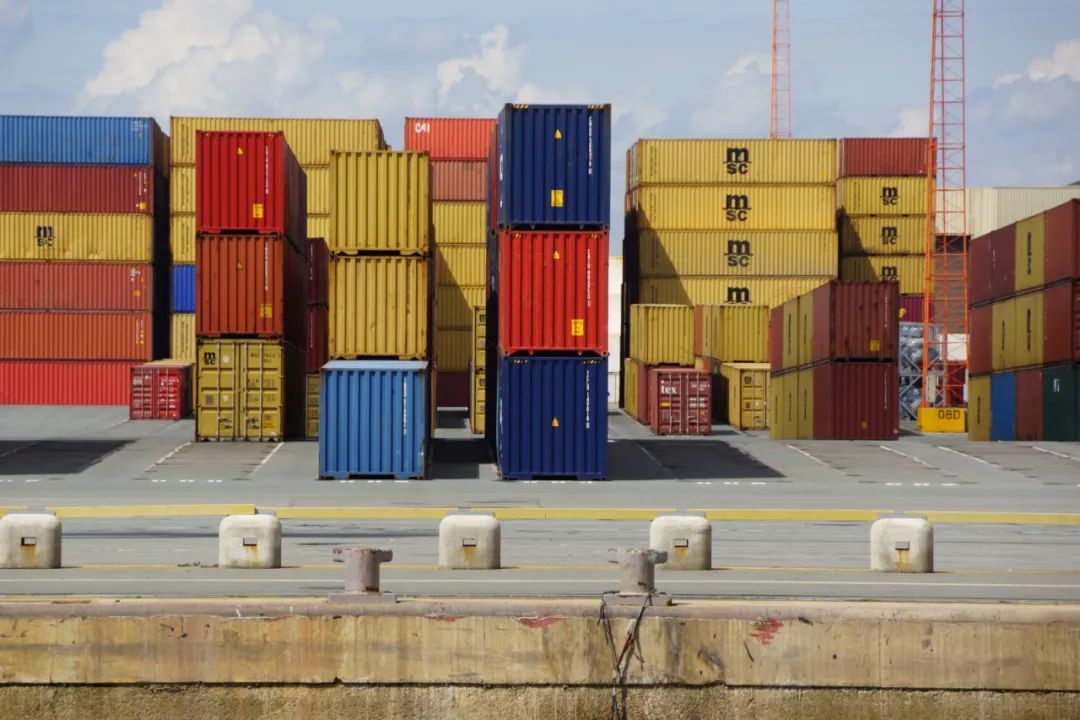
The General Administration of Market Supervision (GAMS) has recently approved the release of two national standards, "Classification and Coding of Multimodal Transportation Goods" and "Identification of Multimodal Transportation Delivery Units", which will lay the foundation for further enhancing the efficiency of integrated transportation and reducing the cost of logistics in the society.
The National Standard on Classification and Coding of Multimodal Transportation Cargoes issued this time unifies the classification principles and methods, code structure and coding methods of multimodal transportation cargoes, and gives the classification and coding of cargoes of 19 major categories and 116 medium categories.
The National Standard for Identification of Multimodal Transport Units unifies the requirements for the identification and marking of multimodal transport units to ensure the uniqueness of the identification of transport units.
NO.3 Container throughput at monitored ports nationwide up 5.26% YoY
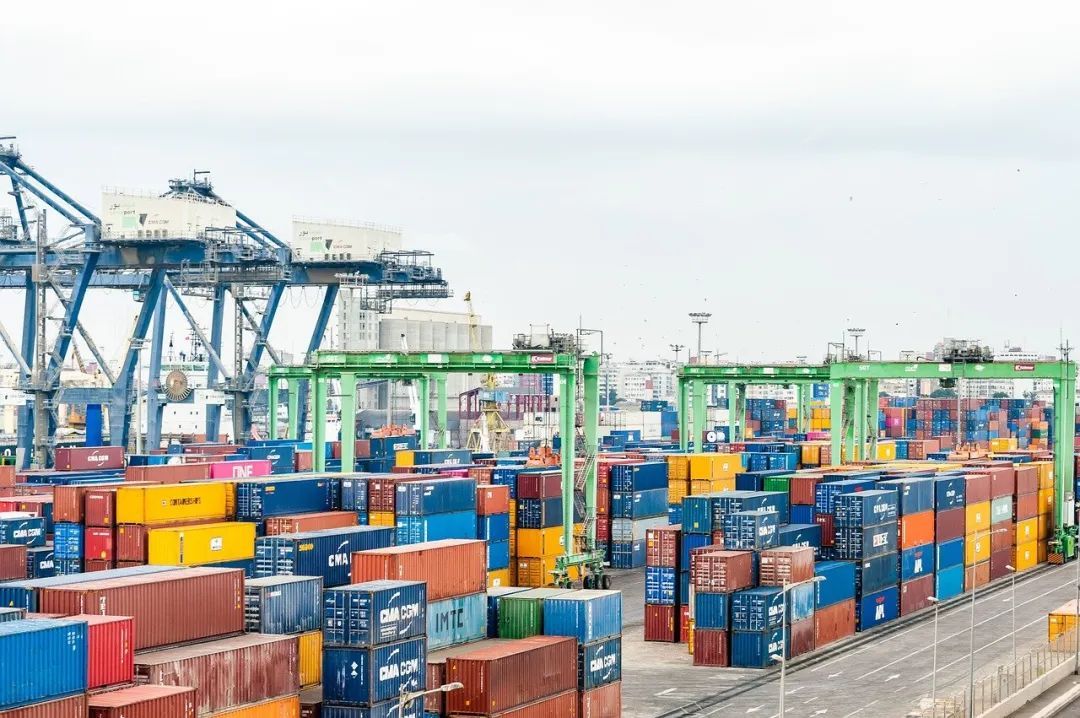
According to the Ministry of Transportation and Communications (MOTC), according to the monitoring and summarizing data from the Office of the State Council Leading Group for Logistics and Smoothness Protection, from September 4 to September 10, the national freight logistics operated in an orderly manner.
Among them: the monitoring port completed the cumulative cargo throughput of 240.871 million tons, an increase of 1.69%, completed container throughput of 5.663 million TEUs, an increase of 5.26%.
NO.4 U.S. Port Handling Returns to Pre-Epidemic Levels
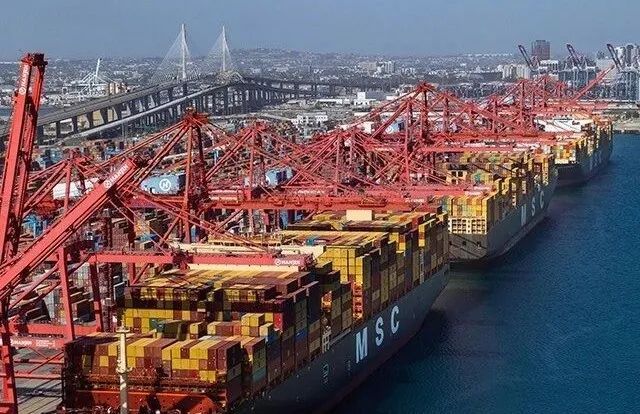
In August, U.S. port handling volumes returned to pre-outbreak levels. Data showed that U.S. ports imported 2,196,268 twenty-foot equivalent units (TEUs) in August, up 0.4 percent from July and 5.5 percent from June. Imports this August are 2.5% higher than August 2019, the month before the outbreak.
The National Retail Federation (NRF) expects monthly import totals to exceed 2 million TEUs for three consecutive months from August through October, and total throughput for the entire year of 2023 to reach 22.3 million TEUs, a 2% increase compared to pre-epidemic 2018 and a 3% increase compared to 2019.
The National Retail Federation's (NRF) Vice President for Supply Chain and Customs Policy said, "The strong numbers show retailers are optimistic about the holiday season because they won't be importing merchandise they don't think they can sell."
NO.5 DHL Express makes largest-ever investment in Korea
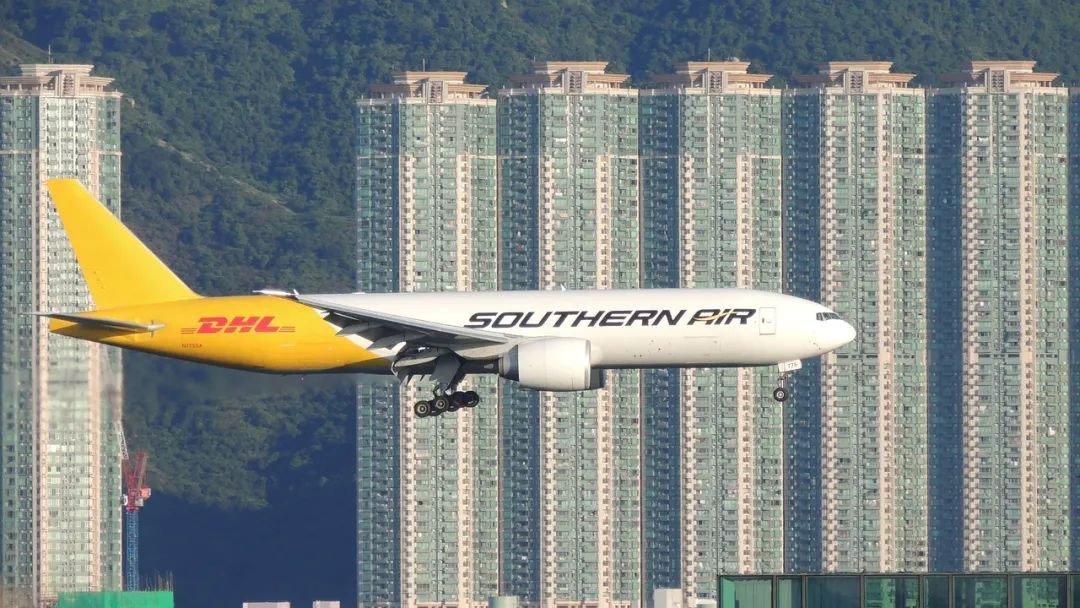
DHL Express has begun full operation of the Incheon Gateway after investing 131 million euros (175 billion won) in 2019 to expand the gateway.
The expansion aims to meet the growing demand for air cargo at the gateway due to South Korea's growing overseas trade and increased international express imports and exports with Singapore, Japan, China, Australia and Taiwan.
The expanded Incheon Gateway has a total floor space of 59,248 square meters, which is three times the size of the previous gateway (199,946 square meters). The handling capacity has also increased by more than 3.5 times to 28,400 pieces per hour.


